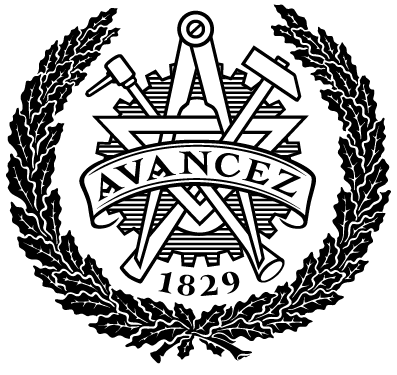From Competence to Competitive Advantage Transferring Strategic Capabilities for Quality and Excellence in Nordic Manufacturing and Warranty Services
| dc.contributor.author | Mann, Nils | |
| dc.contributor.author | Karlsson, Tobias | |
| dc.contributor.department | Chalmers tekniska högskola / Institutionen för teknikens ekonomi och organisation | sv |
| dc.contributor.department | Chalmers University of Technology / Department of Technology Management and Economics | en |
| dc.contributor.examiner | Sunesson, Kaj | |
| dc.contributor.supervisor | Sunesson, Kaj | |
| dc.date.accessioned | 2025-06-23T06:32:38Z | |
| dc.date.issued | 2025 | |
| dc.date.submitted | ||
| dc.description.abstract | Established research on capabilities and competitive advantages consists mainly in evaluating a capability in its current capacity, even when future predictions of a sustainable advantage are in focus. Connections to capability transfer are generally in the direction that effective knowledge transfer results in, or supports, a competitive advantage or a strategic knowledge resource. This thesis examined the reverse relationship of how competitiveness and availability of resources could influence the transfer process of an organization looking to move a strategic capability into warranty operations. This was done through four research objectives: (1) Assessing the competitive environment; (2) Identifying barriers to capability transfer; (3) Selection of a recipient site; and (4) Transfer process and training. Specifically the study aimed to fulfill these objectives within the scope of a multinational cor poration (MNC) transferring a capability into warranty operations. The chosen method of accomplishing the objectives was through an qualitative, ethnographic case study of abductive nature, studying Alstom Rail, a rolling stock manufacturer with Nordics warranty operations. The study found that the warranty industry only regards quality up until a certain point after which additional performance is excessive but instead requires a broader profile of the capability to be transferred from serial production. Key barriers to the transfer included lack of motivation of the staff, financial incentives to resist warranty work, and lack of ownership and rep resentation in the organization. The findings indicated that the capability transfer process should dynamically adjust itself so that the transferred capability fits the competitive scope of the warranty industry and align with available resources. Ad ditionally, the study introduces the concept of resource-based barriers to capability transfer, which was specifically found related to facility conditions. The results of the study contributes to the scientific field of research on warranty industries by applying established theory in a new context and suggest new concepts or resource barriers in capability transfer processes. This highlights a need for future research to differentiate resource barriers from competitive misalignment, division of resource barriers and evaluating the organizational implications from actively managing the transfer process. | |
| dc.identifier.coursecode | TEKX08 | |
| dc.identifier.uri | http://hdl.handle.net/20.500.12380/309584 | |
| dc.language.iso | eng | |
| dc.setspec.uppsok | Technology | |
| dc.subject | Competitive Advantage | |
| dc.subject | Resource-Based View | |
| dc.subject | Knowledge-Based View | |
| dc.subject | Capabilities | |
| dc.subject | Strategy | |
| dc.subject | Barriers | |
| dc.subject | Resource Barrier | |
| dc.subject | Multi-National Corporations | |
| dc.subject | Warranty | |
| dc.title | From Competence to Competitive Advantage Transferring Strategic Capabilities for Quality and Excellence in Nordic Manufacturing and Warranty Services | |
| dc.type.degree | Examensarbete för masterexamen | sv |
| dc.type.degree | Master's Thesis | en |
| dc.type.uppsok | H | |
| local.programme | Quality and operations management (MPQOM), MSc |
